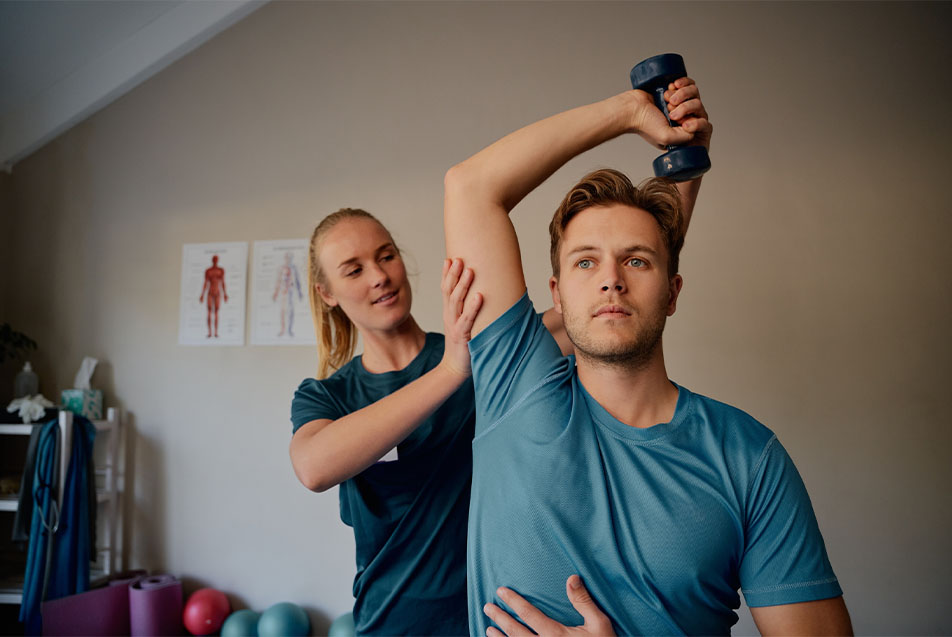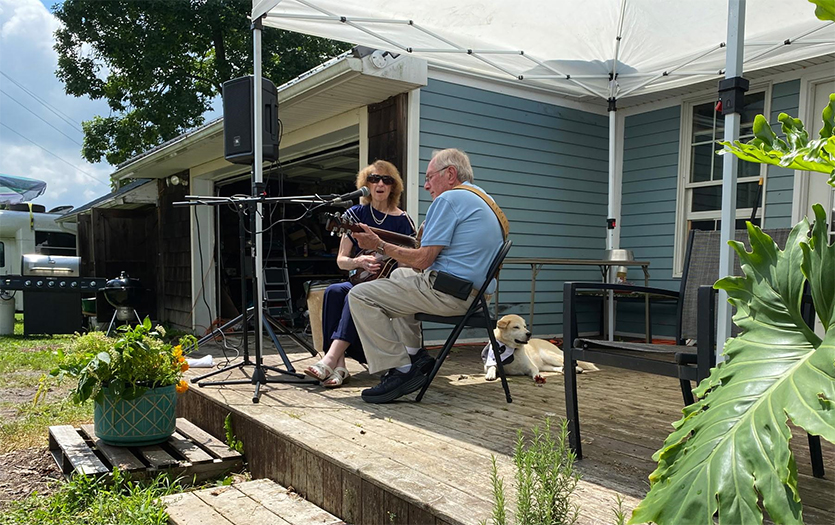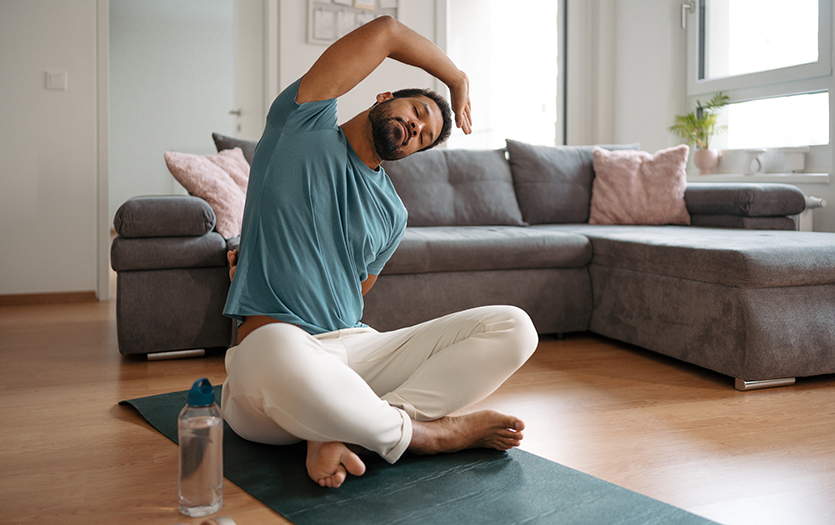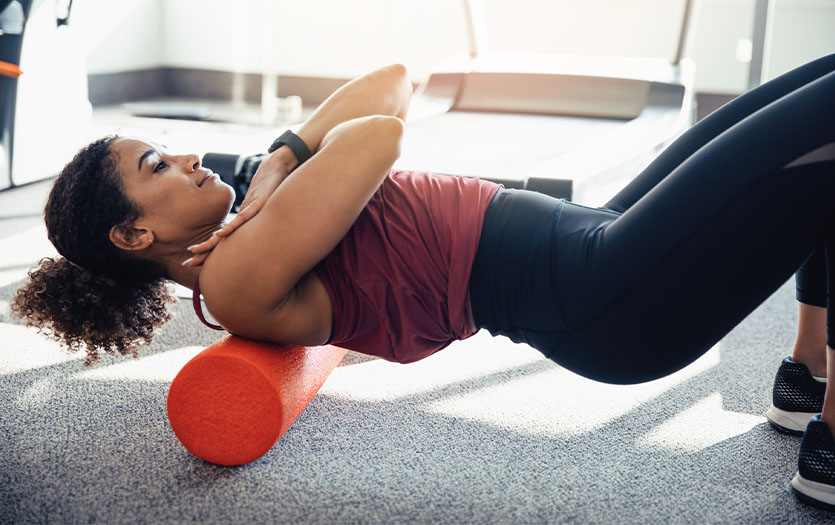
Athletic trainers play a vital role in the health and well-being of professional and student-athletes. They specialize in managing, preventing and recovering injured competitors, often providing quality healthcare on and off the court, so to speak. Whitney Baker, an athletic trainer with Parkview Sports Medicine, shared the details of her role, how she supports both active and injured athletes and what she loves most about her career in sports medicine.
What are your first steps for treating an athletic injury quickly and effectively during a sporting event?
Typically, when you’re on your way out to assess an injury, you have a pretty good idea of what your next steps will be – if they are going to be able to hop right up and get back in the game or if we need to pull them out for a more in-depth evaluation. But when we get out there, our first priority is to ask the athlete a series of initial questions so we can quickly and efficiently figure out what happened. From there, we can decide the appropriate next steps for that individual and scenario.
How do you help student-athletes understand their injuries and what’s going on with their bodies?
When speaking with an athlete, I avoid using general or stereotypical terms and phrases like, “You rolled your ankle” or “You twisted your foot.” Instead, I try to educate them and explain what happened. For example, if they’ve pulled, strained or sprained something, I try to be as specific as possible, explaining what the ligament or muscle is, where it’s located in the body, how it usually functions and why it’s hurting. Laying it out for an athlete in this way helps them understand their limitations and what they need to work on for a successful recovery.
How do you motivate athletes who are sidelined due to an injury?
Motivating an injured athlete can be difficult, but it’s also one of the best parts of what we do as athletic trainers. We are trained to care for their physical and mental well-being. We are privileged to get to know these athletes on a different level than their coaches and teammates. We get to see what they love about their sport and what makes them tick. But, with that said, every kid is different. It’s about getting to know that athlete and understanding what drives them, pushes them, and makes them successful. There’s not a one-size-fits-all approach or single strategy that motivates them all, which can be challenging, but it’s also extremely rewarding.
How do you evaluate a player’s readiness to return to competition?
We follow an evaluation and assessment process with all injured athletes, but we start with their range of motion. If they don’t have a pain-free range of motion, we know they aren’t ready and need to strengthen that up. Once they have that range of motion and are pain-free, we can move on to their strength. If their strength is equal bilaterally, then we know it’s time to move on to functional movements, which typically tie into whatever sport they’re in at that moment. When they can perform those tasks pain- and limit-free, in most cases, it’s safe to say they are ready for competition.
What advice would you give to someone looking to go into athletic training or sports medicine?
It’s a field you have to have a passion for. If you do, it’s one of the most rewarding and fastest-growing careers out there. It’s incredibly fulfilling, with a lot of unique experiences. But, overall, my favorite part of this job is getting to work with the kids. You make so many connections with your student-athletes and get to know and understand them in a way no one else does. I love watching them progress through challenging moments, going from being injured and removed to working hard on their recovery and watching them succeed in that first game back. It’s amazing.



